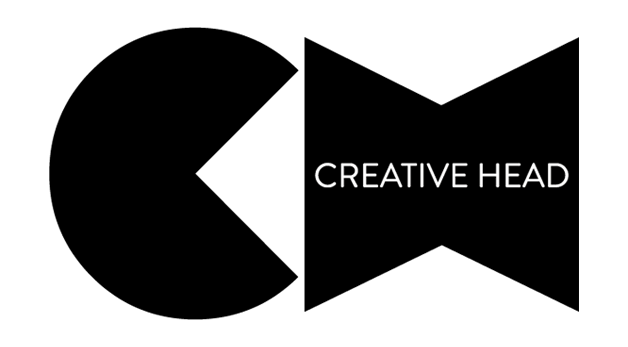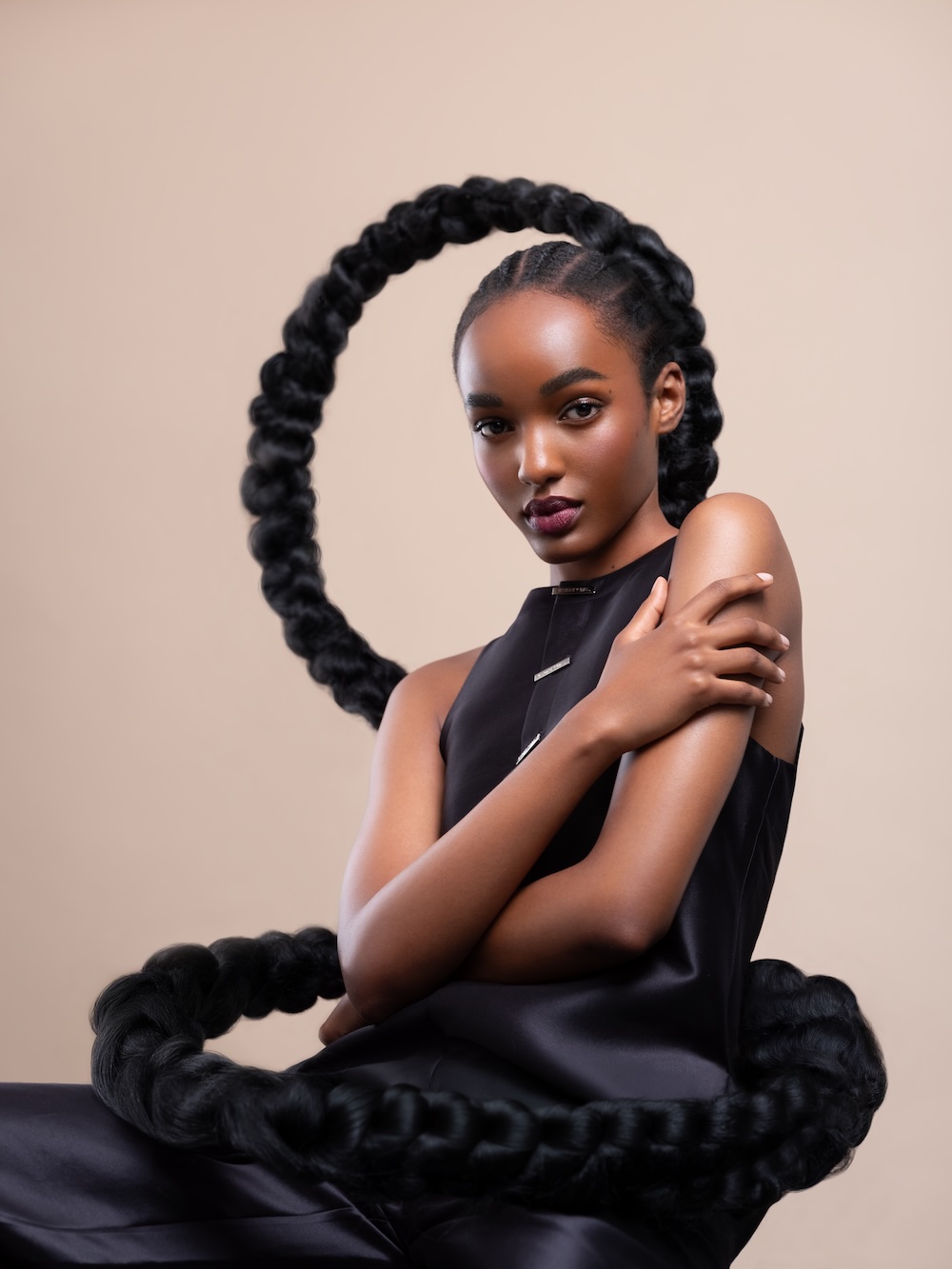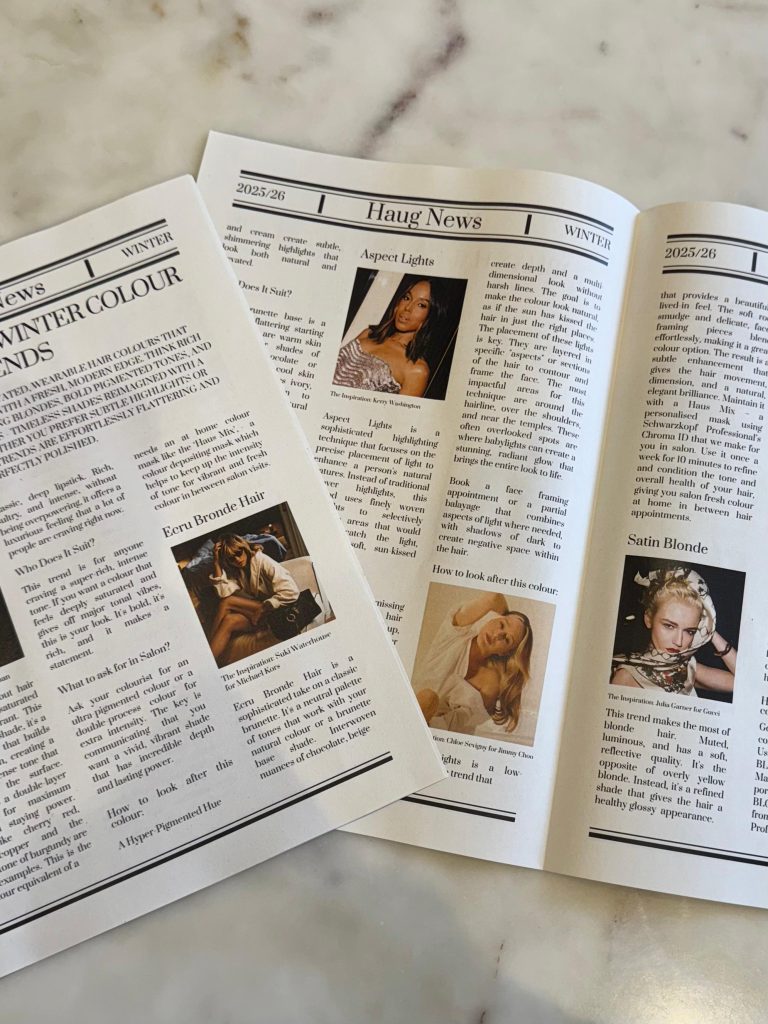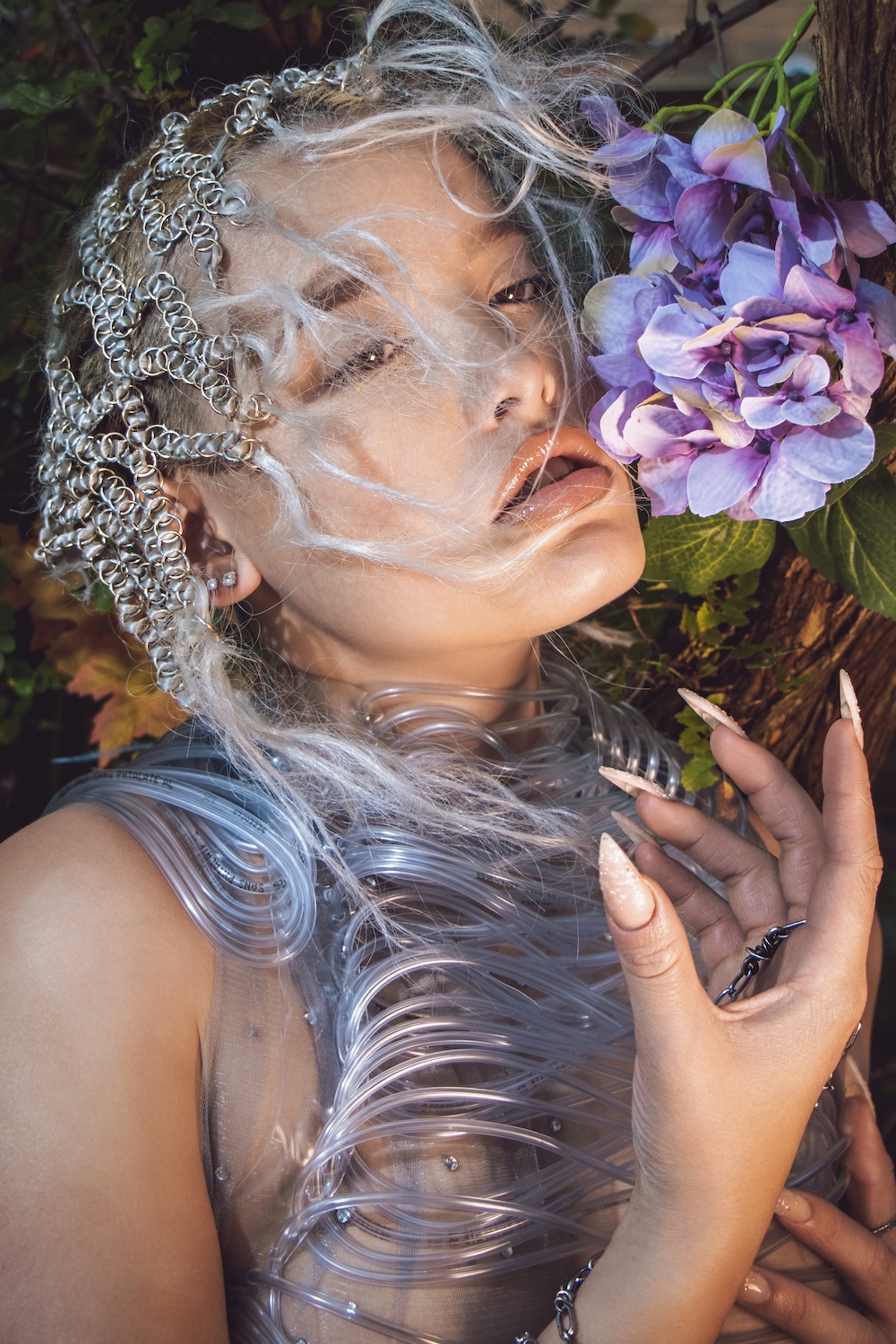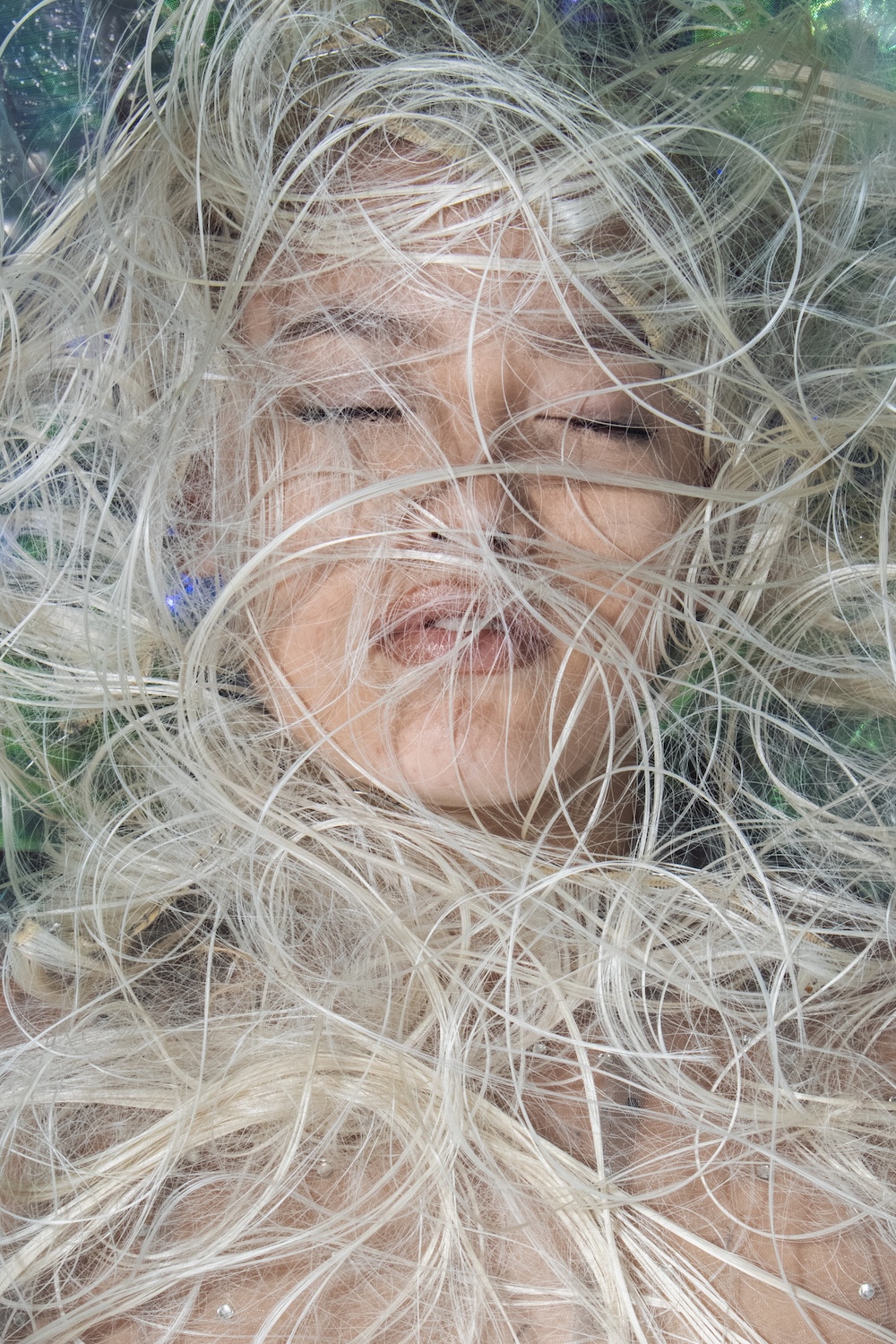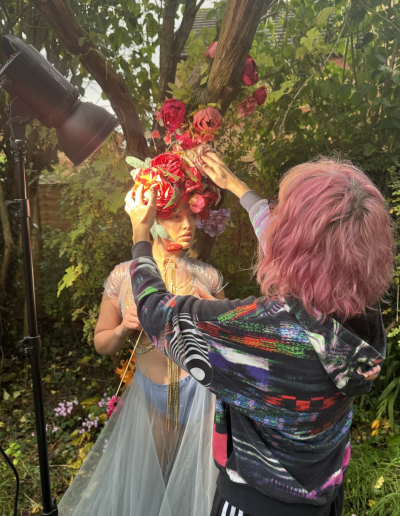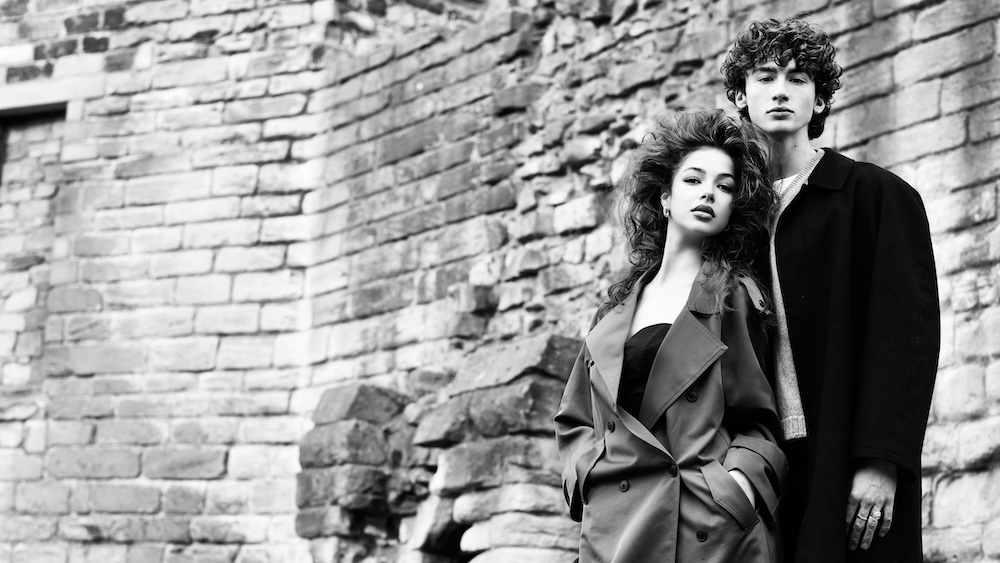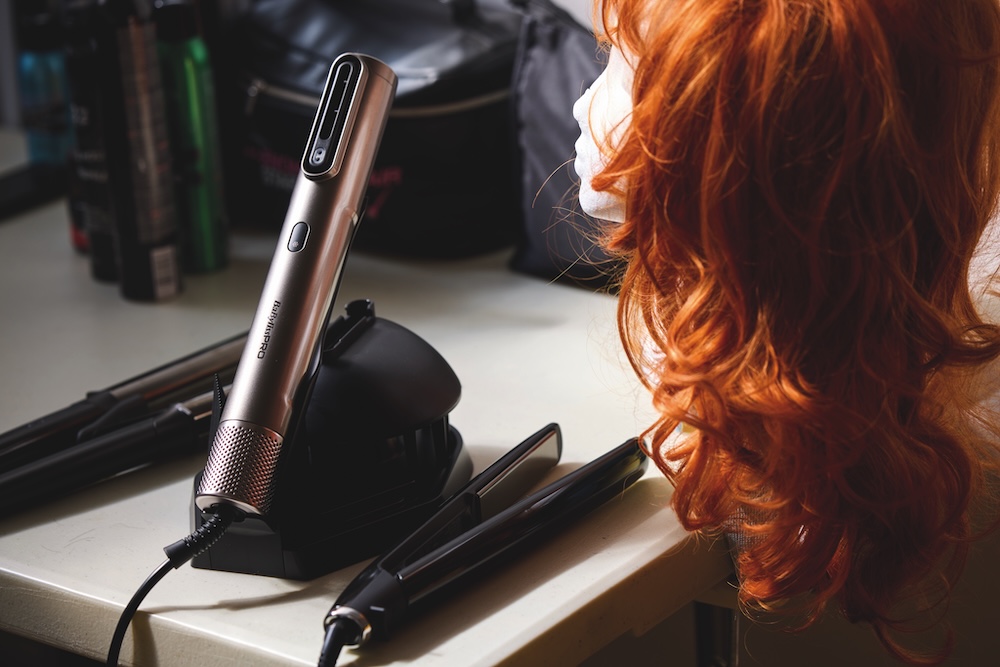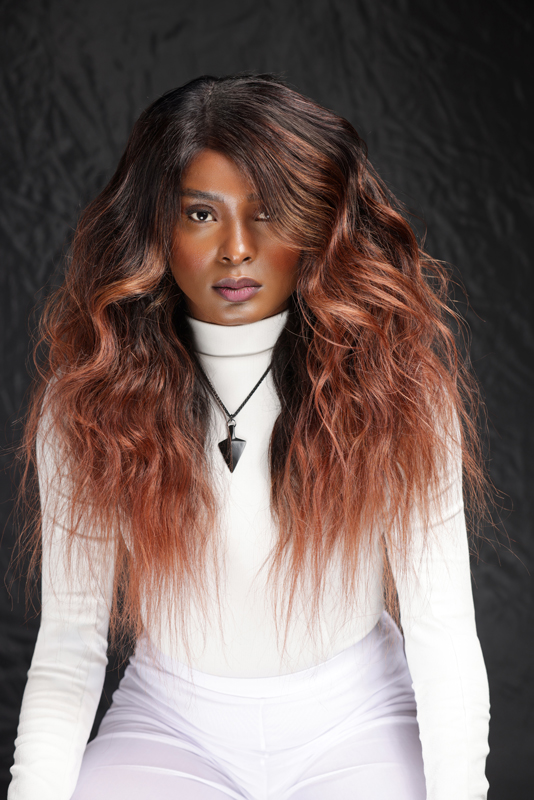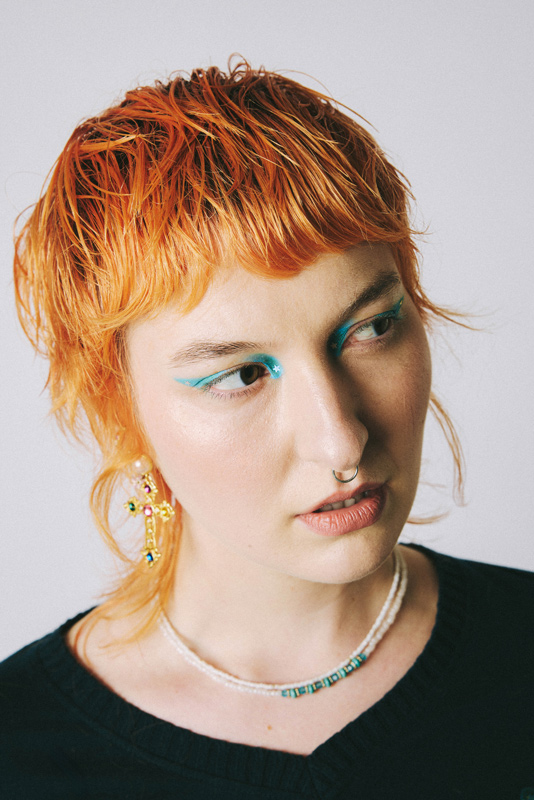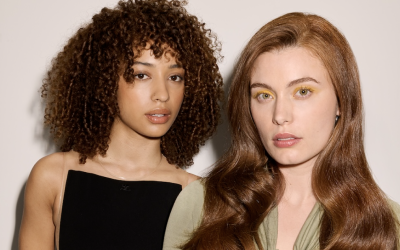
‘Metamorphosis’ by Michael Kent of Blue Tit
‘Metamorphosis’ by Michael Kent of Blue Tit
A captivating collection which explores the transformative nature of Afro and textured hair through six distinctive looks.
This captivating collection explores the transformative nature of Afro and textured hair through six distinctive looks. Embracing the theme of metamorphosis, each style showcases the hair’s natural beauty while illustrating its remarkable adaptability.
By highlighting rather than altering the inherent characteristics of Afro-textured hair, this collection demonstrates the power of working with, rather than against, its unique properties.It is a celebration of diverse hair types and textures, which challenges conventional beauty standards.
Hair: Michael Kent
Photography: Stefan Foster
Make-up: Mary Jane Gotidoc
Hair assistant: Katie Hughes
Photography assistant: Kush
Models: Kentha, Eve, Bria Renee and Adar
